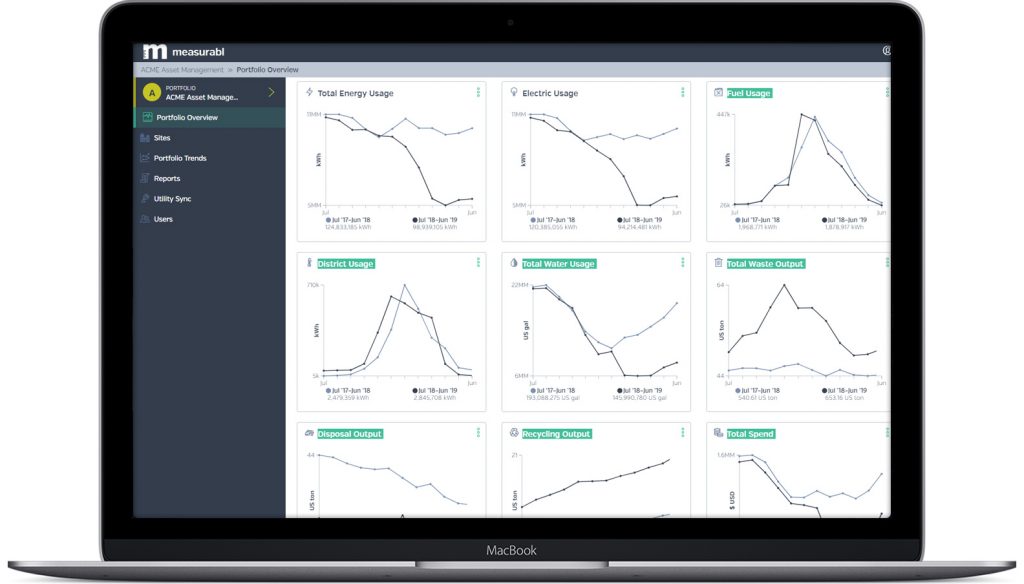You may have noticed a new section on your GRESB report last year: the GRESB Star Score, where you were awarded a ranking of 1-5 stars. Here’s how to make sense of the new rating system using the GRESB Reporting Software.
What is the GRESB Star Rating in GRESB Reporting Software?
The GRESB Star Rating is a visual representation of how each entity performs relative to all GRESB reporting software respondents, regardless of property type and region. The Star Rating System was introduced in 2016 to break the reporting Real Estate and Infrastructure respondents into more digestible groups with the goal of better understanding each entity’s relative absolute performance in addition to the relative performance provided by the GRESB rating segmented by type and location.
The GRESB Star Rating is different than the GRESB Green Star Rating, which is awarded to entities with scores higher than 50 on both the Implementation & Measurement and the Management & Policy sections.
How is the rating established with GRESB Reporting Software?
The rating is broken down into 5 quintiles based on the entity’s “All GRESB participants” ranking.
There were 832 GRESB participants in 2017, so this was the breakdown:
- Ranking #1 – #165 (top 20%) = 5 stars
- Ranking #164 – #329 (top 40%) = 4 stars
- Ranking #330 – #493 (top 60%) = 3 stars
- Ranking #494 – #658 (top 80%) = 2 stars
- Ranking #658 – #823 (bottom 20%) = 1 star
For example, the entity pictured below received an “All GRESB participants” ranking of #213 which falls neatly into 164 – 329 range, so they received a 4 star rating.
But this entity below received a ranking of #678, so they only received a 1 star rating.
The ranking number will change in 2018 as the total number of participants fluctuates, but the percentages are the key to identifying the rating quintile.
It is difficult to control this rating since it is dependent not only on the entity’s performance, but also across all other peer groups and countries. This means that portfolios with primary property types that have naturally higher energy & water consumption (i.e. Data Centers & Hospitality) or property types that are indirectly managed (i.e. Industrial & Retail) are at a disadvantage compared to portfolios with directly managed assets (i.e. Office).
GRESB has continued to make improvements to its sustainability frameworks strategy so that groups that choose to file can gain more value from these reporting efforts. More iterations on these ranking systems will continue.

